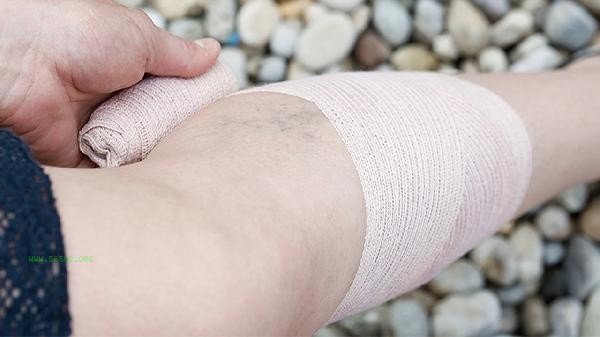The neck muscle spasms caused by pillowing mainly manifest as neck pain, restricted mobility, and muscle stiffness. Pillow drop is medically known as acute cervical myofascial inflammation, which is usually induced by factors such as improper sleeping posture, cold neck, or muscle strain. Symptoms may include severe pain in one side of the neck, difficulty rotating the head, radiating pain in the shoulder, and a hard lump with obvious tenderness when touched.

1. Neck pain
The most typical symptom after falling asleep is sudden neck pain, which is mostly concentrated in the back or side of one side of the neck. The pain is dull or sharp, and may radiate to the scapular area. The symptoms are most obvious when waking up in the morning, and coughing or sneezing may worsen the pain. The degree of pain varies from person to person, and in severe cases, it can affect daily activities.
2. Limited mobility
Due to muscle spasms and inflammatory reactions, the patient's range of motion such as active neck rotation, forward bending, and backward extension is significantly reduced, manifested as difficulty in head rotation, often requiring the entire body to rotate in coordination. Some patients may experience a protective torticollis posture, which leans towards the affected side to alleviate pain, and this posture may last for several hours to several days.
3. Muscle stiffness
The neck muscles on the affected side, such as the trapezius muscle and sternocleidomastoid muscle, can be palpated with obvious tension and hardness, and there is obvious tenderness during palpation. Continuous muscle spasms may lead to local blood circulation disorders, thereby exacerbating stiffness. After maintaining the same posture for a long time, the symptoms may worsen, but moderate hot compress or massage can temporarily relieve them.

4. Shoulder radiating pain
About 30% of patients will experience pain spreading to the shoulders and upper back, which is due to the mechanical linkage between the neck muscles and the shoulder muscles. Radiation pain is often referred to as involvement pain, not caused by nerve root compression, but may be mistaken for the onset of shoulder periarthritis or cervical spondylosis. The skin in the painful area usually has no neurological symptoms such as numbness or tingling.
5. Headache and dizziness
Severe muscle spasms may stimulate the greater occipital nerve or affect the blood supply to the vertebral artery, causing pulsatile headache or transient dizziness in the occipital region. These symptoms often occur when suddenly turning the head and can be relieved after resting quietly. If dizziness persists for more than 24 hours or is accompanied by vomiting, be alert to cervical joint displacement or other organic lesions.

It is recommended to avoid vigorous neck movements within 48 hours after falling off the pillow. Warm towels can be applied externally to promote blood circulation. When sleeping, choose a pillow of moderate height to maintain the natural curvature of the cervical spine. If the symptoms persist for more than 3 days without relief, or if there are neurological symptoms such as numbness and weakness in the upper limbs, timely medical attention should be sought to rule out diseases such as cervical disc herniation. Daily attention should be paid to avoiding direct air conditioning on the neck, and doing neck stretching exercises every hour while working at a desk to enhance neck muscle flexibility and prevent recurrence.








Comments (0)
Leave a Comment
No comments yet
Be the first to share your thoughts!